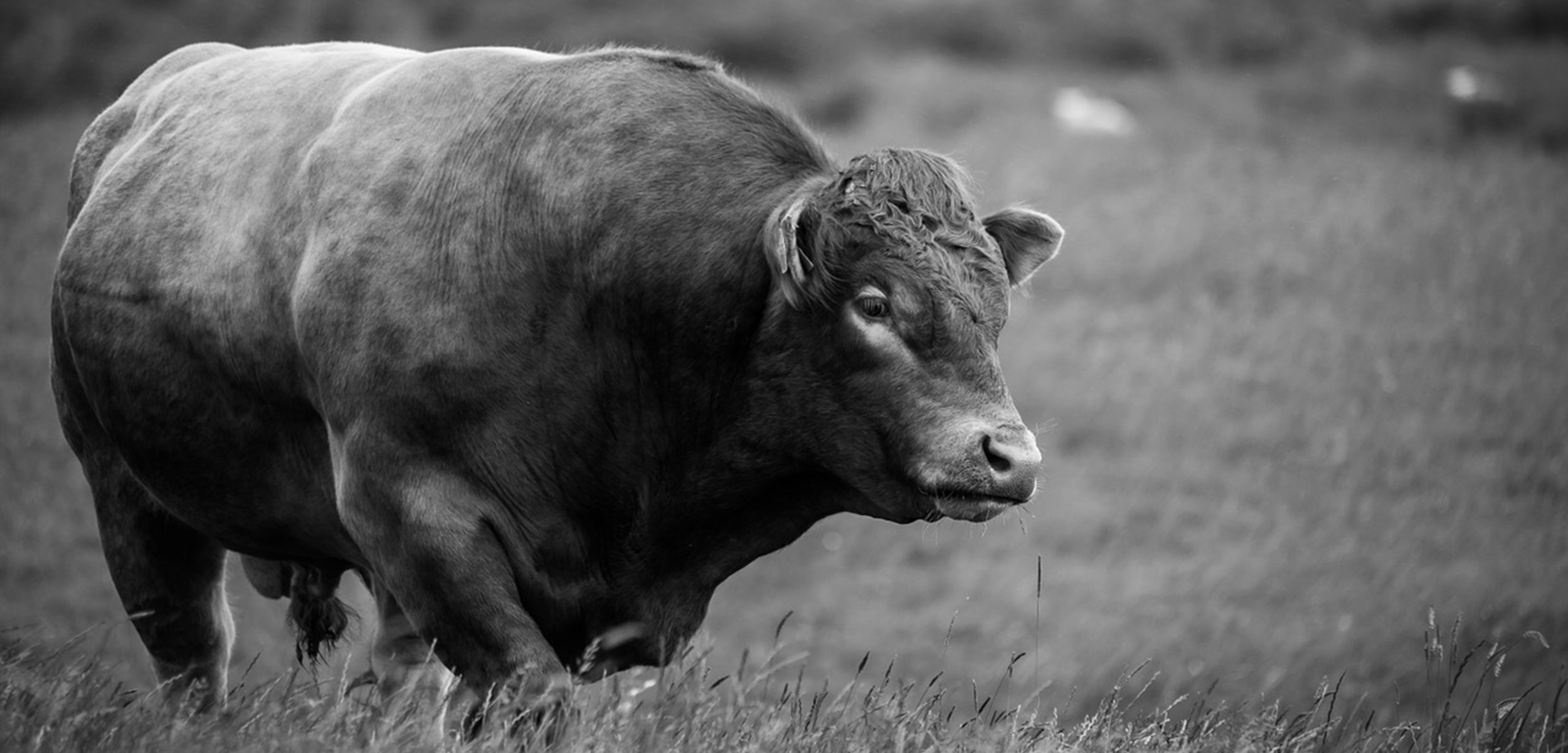
Veterinary Viewpoints: Is it safe to lease bulls?
Wednesday, June 2, 2021
As breeding season approaches for many livestock species, the idea of leasing males arises. Importing genetics to improve a herd or flock and maintain hybrid vigor, without the purchase and maintenance of a male, is a very attractive idea, especially to smaller producers. On the surface, it can seem that leasing males is viable with little downside, but some real problems may occur.
The greatest animal health concern with leasing males is biosecurity — protecting a group of animals from disease brought in by others. A bull moving from one herd to another takes with him any disease present in his home herd. Then, when he returns home, he brings back anything new he picked up.
A few things about livestock venereal diseases that make them easy to overlook. One is that most of them don’t cause any overt disease in the male. So, if you think about a disease like trichomoniasis in cattle, the clue that you have the disease is that the females abort their young. You don’t discover the disease based on the male, even though he is carrying and spreading it. The second thing is that, once a disease has been in a herd for a while, it reaches steady state in that herd. What this means is that the disease agent is present in the herd, but the animals have each developed sufficient immunity that the effects of carrying that agent are not seen. It’s there, but it’s not causing obvious problems. If, however, an animal from that herd goes into another herd that has no inherent immunity, then you’ve got big problems.
A few years ago, I received a call from a veterinarian colleague of mine who had pregnancy checked cows for a client, and nearly 50% were open. Devastating. I suggested testing for trichomoniasis in the bulls. Five of the herd’s seven bulls came up positive. They had absolutely no idea they had this horrific disease in the herd until it had decimated their calf crop.
At the very least, if males are to be shared across operations, disease testing should be performed for high-consequence diseases for that species. And they should be tested both coming and going, so this can add up to a fair amount of expense. If the animal is being leased out of state, some testing will be legally required, but there are more diseases of concern than those requiring testing for interstate movement.
Before entering into a lease agreement, disease testing is an important conversation to have with your veterinarian. For cattle, these diseases may include trichomoniasis, brucellosis, vibrio (Campylobacter), BVD, Bovine Leukemia Virus (BLV), Johne’s disease and others.
My next concerns are a bit uncomfortable to talk about but involve the standard by which that animal will be cared for when in another producer’s care. Two producers can have very different ideas of what adequate care and husbandry are for an animal, and this can result in loss or injury to the animal or, at the very least, hard feelings. The nutritional demands on a bull during the breeding season are the greatest of any time of the year. Is the leasing producer prepared to and willing to go to the expense of adequately meeting that need? Breeding season is also the time when we see most injuries occur. Penile injuries, lameness and injuries related to fighting all peak during this time. Is the leasing producer disciplined in his daily evaluation of animals? Is he willing to seek veterinary care in a timely fashion for a lame bull?
Let’s say leasing males is a reality of your situation. Here are some suggestions:
1. Talk with your veterinarian about the diseases of consequence and what testing
should be done for animals coming and going.
2. Visit the other place. See how the herd looks, how they are cared for and the management
of their environment. An in-person visit can provide you with a lot of information
about where your animal is going or where it’s coming from.
3. Develop a formal agreement for the lease.
4. Ask to see animal-health related paperwork on the animal, not just registration
papers. A bull, ram or buck should have a breeding soundness examination performed
by a veterinarian before and after breeding season. Ask to see the results of that
test and any disease testing that was performed.
5. Have regular check-ins. Go and see your animal at the new place regularly or at
least be connected digitally. It never hurts to have a second set of eyes on an animal
to make sure that he’s in good shape.
About the author: Dr. Meredyth Jones is an associate professor in food animal medicine and surgery at Oklahoma State University’s College of Veterinary Medicine. A Diplomate of the American College of Veterinary Internal Medicine (Large Animal), she also owns Large Animal Consulting & Education.
Veterinary Viewpoints is provided by the faculty of the OSU Veterinary Medical Hospital. Certified by the American Animal Hospital Association, the hospital is open to the public providing routine and specialized care for all species and 24-hour emergency care, 365 days a year. Call 405-744-7000 for an appointment or more information.
OSU’s College of Veterinary Medicine is one of 32 accredited veterinary colleges in the United States and the only veterinary college in Oklahoma. The college’s Boren Veterinary Medical Hospital is open to the public and provides routine and specialized care for small and large animals. The hospital offers 24-hour emergency care and is certified by the American Animal Hospital Association. For more information, visit https://vetmed.okstate.edu or call 405-744-7000.
